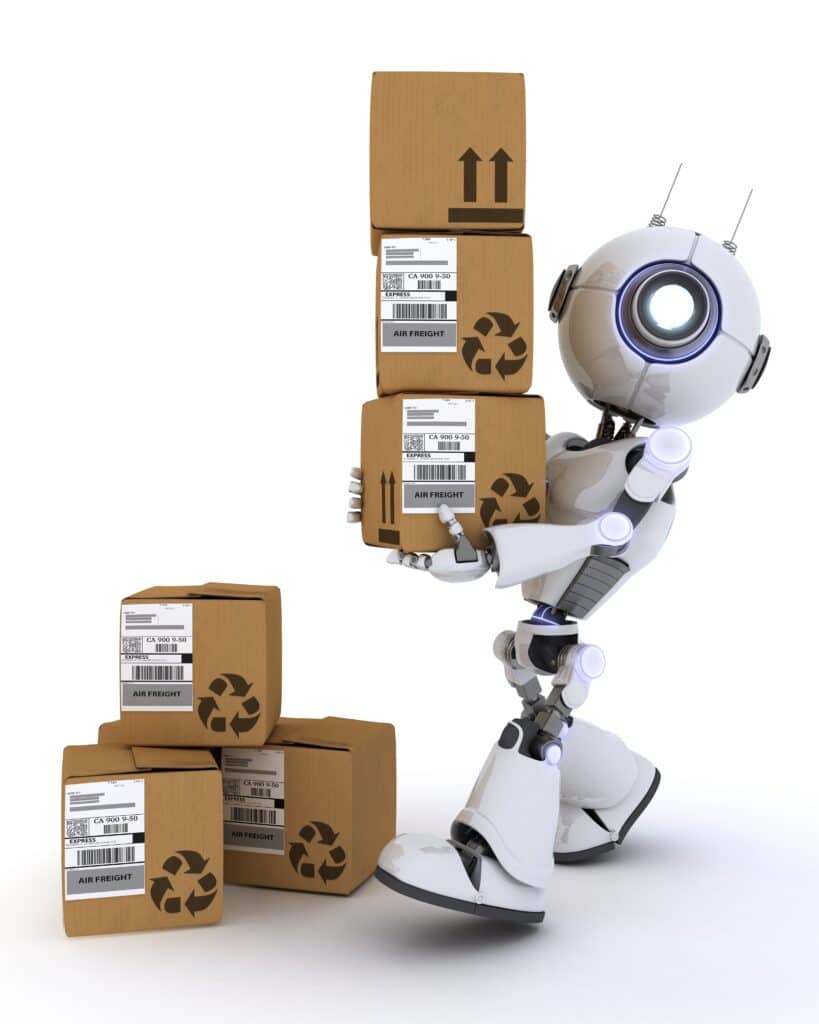Exploring the Latest Developments in the electronics Packaging Industry
Advancements in 3D Printing, Materials, Sustainability, and IoT Integration in Electronics Packaging The Booming Advanced Packaging Industry: Technology, Materials, and Sustainability Driving Innovation Advanced Packaging Trends One of the most significant trends in the advanced packaging industry is the increasing use of automation and robotics in manufacturing processes. Automation technology allows for greater efficiency and […]

Advancements in 3D Printing, Materials, Sustainability, and IoT Integration in Electronics Packaging
The Booming Advanced Packaging Industry:
Technology, Materials, and Sustainability Driving Innovation

Advanced Packaging Trends
One of the most significant trends in the advanced packaging industry is the increasing use of automation and robotics in manufacturing processes.
Automation technology allows for greater efficiency and accuracy in packaging production, enabling companies to produce high-quality packaging products at a faster pace.
Another trend is the rise of intelligent packaging, which uses sensors and other technologies to monitor and track the condition of the product being packaged.
This type of packaging can help reduce waste and prevent spoilage, ensuring that products remain fresh and safe for longer periods.
Dielet or a chiplet evolution you call it as is the latest trend in the semiconductor industry that is changing the way we think about computer chips.
Dielet is a small piece of a larger semiconductor device that is designed to work in conjunction with other chiplets to create a complete system-on-chip (SoC).
This technology is revolutionizing the way that computer chips are designed and manufactured, enabling greater efficiency, flexibility, and scalability.
The evolution of dielets is the result of a need for more complex computing systems that can handle a variety of tasks simultaneously. By breaking down complex systems into smaller, modular dielets, designers can create more efficient, customizable, and cost-effective solutions.
Dielet technology allows for the creation of specialized dielets for specific tasks, such as graphics processing or AI computation, that can be combined with other dielets to create a complete SoC.
The emergence of dielet technology is changing the way we think about advanced packaging solutions. By breaking down complex systems into smaller, modular dielets, designers can create more efficient, customizable, and cost-effective solutions.
Traditional packaging methods, such as wire bonding, are being supplemented or replaced by these advanced packaging solutions, which offer higher performance, better thermal management, and improved electrical performance.
As the demand for more complex computing systems grows, the role of advanced packaging solutions in enabling dielet technology will become increasingly important.
The electronics packaging industry has been undergoing significant changes in recent years, driven by advancements in technology, changing consumer preferences, and increasing demand for smaller, more powerful devices.
These developments have led to new packaging techniques, materials, and designs that have improved the performance, reliability, and sustainability of electronic products.
3D Printing in Electronics Packaging
3D printing has revolutionized the electronics packaging industry by enabling the production of complex, customized designs at a lower cost and with greater efficiency.

This technology has made it possible to create complex internal structures that were previously impossible using traditional manufacturing methods.
Additionally, 3D printing has allowed for the creation of more lightweight and compact designs that can be easily integrated into a variety of devices.
One of the most significant benefits of 3D printing is the ability to print electronic components directly onto the packaging material.
This eliminates the need for separate manufacturing processes and reduces the overall cost and complexity of the production process.
Advanced Materials
The development of advanced materials has also played a significant role in the electronics packaging industry.
These materials are designed to provide better protection for electronic components and improve their performance.
Graphene is a material that is known for its strength and flexibility, making it an excellent choice for electronic packaging.
Other materials that have been developed for electronics packaging include conductive polymers, carbon nanotubes, and silicon carbide.
These materials have unique properties that make them ideal for specific applications, such as high-temperature environments or harsh chemical environments.
Sustainable Packaging
Sustainability has become an increasingly important factor in the electronics industry, and packaging is no exception.
The development of sustainable packaging materials and designs has become a top priority for electronics manufacturers.
Sustainable packaging materials include biodegradable plastics, recycled plastics, and plant-based materials. These materials are designed to reduce the environmental impact of electronics packaging by reducing waste and carbon emissions.
Sustainable packaging designs focus on reducing the overall size and weight of packaging to minimize the use of materials and reduce shipping costs.
Designs that can be easily disassembled and recycled at the end of their useful life have become more popular.
Flexible Electronics
Flexible electronics are another area of significant development in the electronics packaging industry. This technology allows for the creation of devices that can be bent, folded, and even stretched without losing their functionality.
Flexible electronics are ideal for a variety of applications, including wearable devices and flexible displays.
The development of flexible electronics has been made possible by the use of new materials, such as flexible plastics and thin-film transistors.
Additionally, advancements in manufacturing processes, such as roll-to-roll printing, have made it possible to produce flexible electronics on a large scale.
Integration with IoT
The Internet of Things (IoT) has become an increasingly important part of the electronics industry, and electronics packaging is no exception.
IoT devices require specialized packaging that can protect them from environmental factors and provide a stable operating environment.
Packaging for IoT devices often includes features such as integrated sensors, wireless connectivity, and power management systems. Additionally, the packaging must be designed to be easily installed and maintained by end-users.
The electronics packaging industry is constantly evolving, driven by advancements in technology, changing consumer preferences, and increasing demand for smaller, more powerful devices.
The latest developments in the industry, such as 3D printing, advanced materials, sustainable packaging, flexible electronics, and integration with IoT, are shaping the future of electronics.
As electronics manufacturers continue to push the boundaries of what is possible, it is clear that the electronics packaging industry will play a crucial role in enabling the development of new and innovative products. By staying up-to-date on the latest developments

